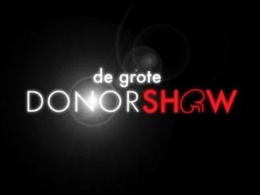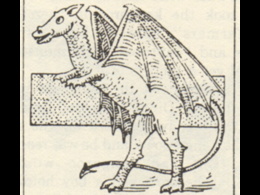June 1, 1997: Wear Sunscreen!
Mary Schmich published a humorous column in the
Chicago Tribune on June 1 advising college grads that her best advice for the future was to "wear sunscreen." Two months later, the text of her column began circulating widely via email, but attributed to Kurt Vonnegut and said to be a commencement speech he had given at MIT. Even Vonnegut's wife reportedly received the hoax email and, believing it to actually be the work of her husband, forwarded it to family and friends. [
about.com,
Chicago Tribune]
June 1, 2007: De Grote Donorshow
The premise of the Dutch reality TV show
De Grote Donorshow (The Big Donor Show) was that a terminally ill woman with an incurable brain tumor would decide which of 25 "contestants" in need of a kidney transplant would get to have her organ. Despite widespread condemnation, the show went ahead as planned, airing on June 1, 2007. But minutes before the end, the entire thing was revealed to be a hoax designed to publicize the urgent need for more organ donors. [
wikipedia]




